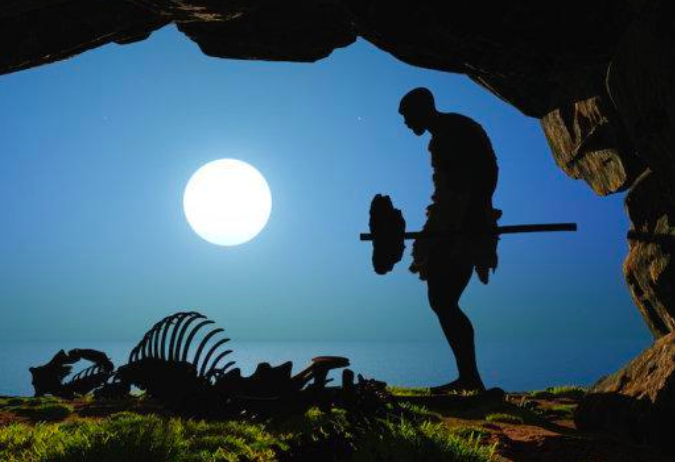Food Preservation Dates Back to Prehistoric Humans 4,00,000 Years Ago

Image Courtesy: Science daily. Image is for representational use only.
Preserving food is an extremely old phenomenon, as old as early Paleolithic period. The prehistoric humans during that time used to store bone marrow for days and consumed it when needed. A recent study published in Science has revealed these astounding facts.
The research was done by a group of scientists from Israel, Spain and Switzerland. They found the evidence that animal bone marrow was stored and consumed at Qasem Cave near Tel Aviv, Israel. The cave has become the site of many discoveries from the Paleolithic period some 4,00,000 years ago. The findings of the research say that Paleolithic people could save animal bones up to nine weeks before consuming it inside the Qasem cave. Apparently, this finding has become the earliest evidence of food preservation.
During this ancient period, the human ancestors relied almost exclusively on animals for their food. Agriculture had not evolved at that time and humans had not learned to consume plant based food products. As a result, they had no carbohydrate source from plants. So, to meet up the calorific requirement, the prehistoric humans had to rely on animal fat and thus animal fat became a significant source of human nutrition. The calorific value of animal fat is much higher than protein or carbohydrate and that’s why fat sources were of utmost significance of prehistoric humans.
In this context, bone marrows are of special importance. Bone fat is of higher quality than the rest of an animal carcass. Bones could be broken and the soft tissue marrow could be extracted.
“Bone marrow constitutes a significant source of nutrition and as such was long featured in the prehistoric diet. Until now, evidence has pointed to immediate consumption of marrow following the procurement and removal of soft tissues. In our paper, we present evidence of storage and delayed consumption of bone marrow at Qesem Cave," explains Prof. Barkai, one of the lead authors of the study.
Adding to it, Dr. Blasco, the first and the corresponding author of the paper said, “This is the earliest evidence of such behaviour and offers insight into the socio-economics of the humans who lived at Qesem. It also marks a threshold for new modes of Paleolithic human adaptation.”
Prehistoric humans were also selective in bringing the carcass of the hunted animals. Mostly, they brought home fallow deer whose limbs and skills were brought back to the cave while rest of the carcass was stripped of meat and fat at the hunting scene itself and left there, the study says.
The researchers found that the deer metapodials were covered with skin and kept in the cave for better preservation of bone marrow to be consumed in time of need by breaking the bones. They also found that the preserved bone marrow could last up to nine weeks before it started degrading.
One more interesting fact that came out of the research is that the preservation technique developed by the prehistoric humans also led them to have the bone marrow swallowed from the bone can.
This new finding also breaks the conventional idea that prehistoric humans were merely hunter-gatherers and lived hand-to-mouth, consuming whatever they hunted on the spot and in days of scarcity remained hungry.
Get the latest reports & analysis with people's perspective on Protests, movements & deep analytical videos, discussions of the current affairs in your Telegram app. Subscribe to NewsClick's Telegram channel & get Real-Time updates on stories, as they get published on our website.

















